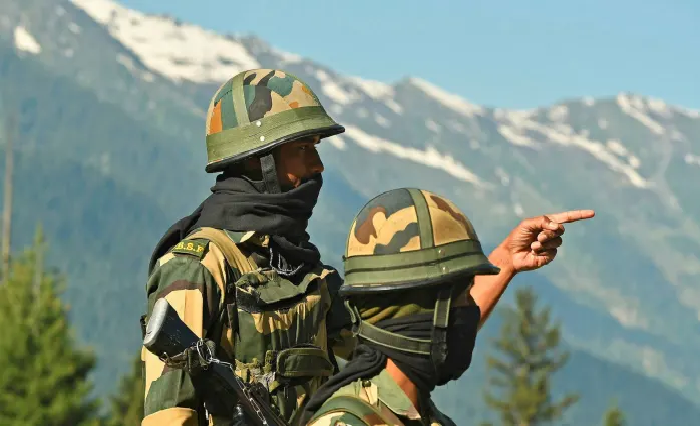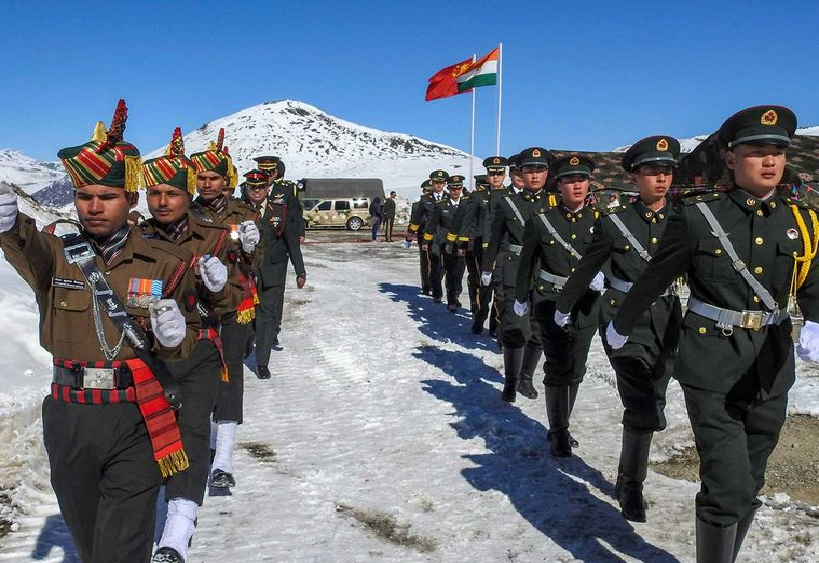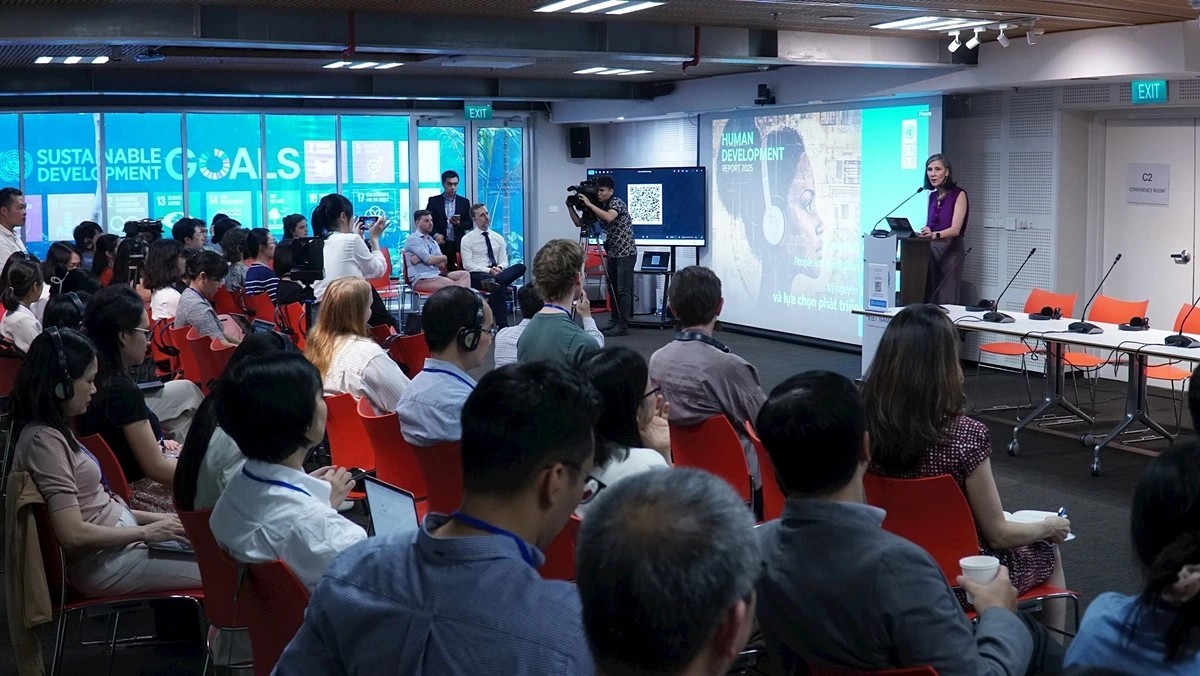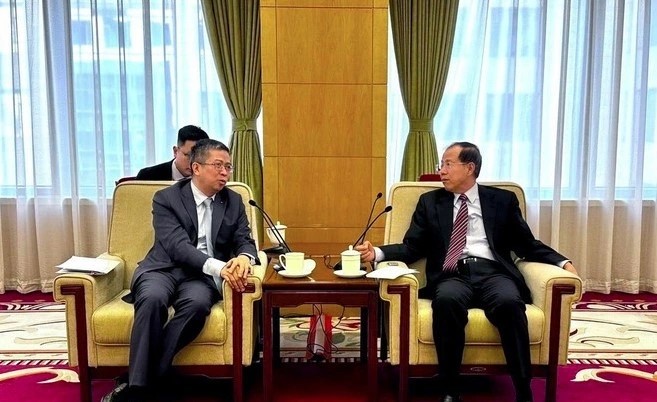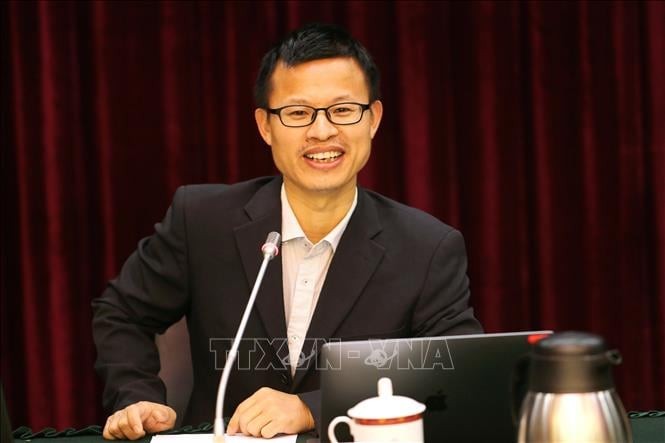China claims to have taken countermeasures to India’s ‘military provocation’
| India, China accuse each other of border violations | |
| China, India agree to speed up border troop pull back | |
| China, India boost global booze binge: Study |
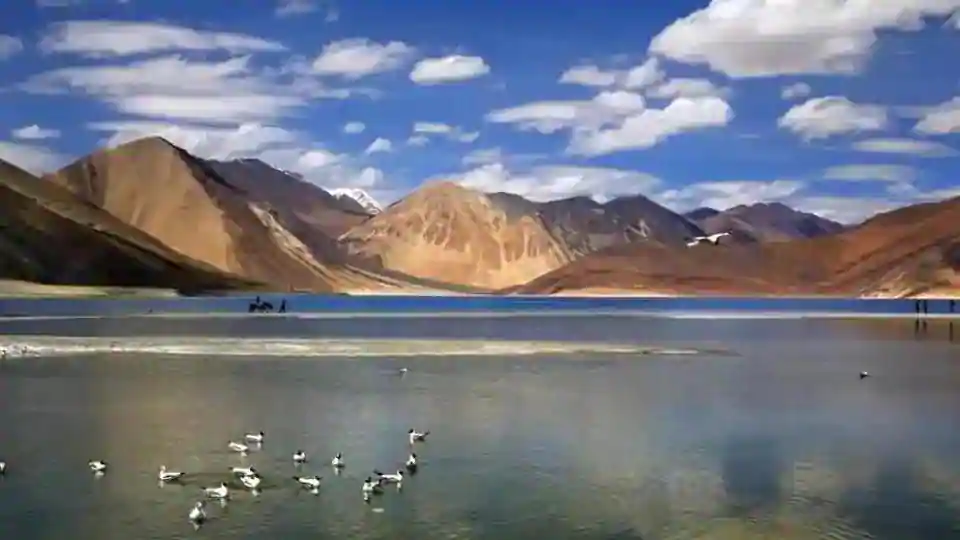 |
| Indian and Chinese troops are engaged in a bitter standoff in multiple places in eastern Ladakh. File photo: AP |
China early September 8 said its border troops took “countermeasures” after the Indian army crossed the Line of Actual Control (LAC) and fired “warning shots” near the Pangong Tso lake in eastern Ladakh.
Border troops of the People’s Liberation Army (PLA) were “forced to take countermeasures” after Indian army soldiers fired at them near the Shenpao mountain region near the south bank of Pangong Tso lake, China’s western theatre command (WAC) said in a statement issued early September 8.
The Chinese statement, however, did not explain what the “countermeasures” were, according to Hindustan Times.
The statement from the PLA’s WAC would mean that shots were fired at the disputed China-India border for the first time in four decades.
India has squarely blamed China for the tensions along the LAC in Ladakh over the past four months and said the only way forward was through negotiations – reflecting the impasse created by Beijing’s fresh attempts to alter the status quo along the disputed border.
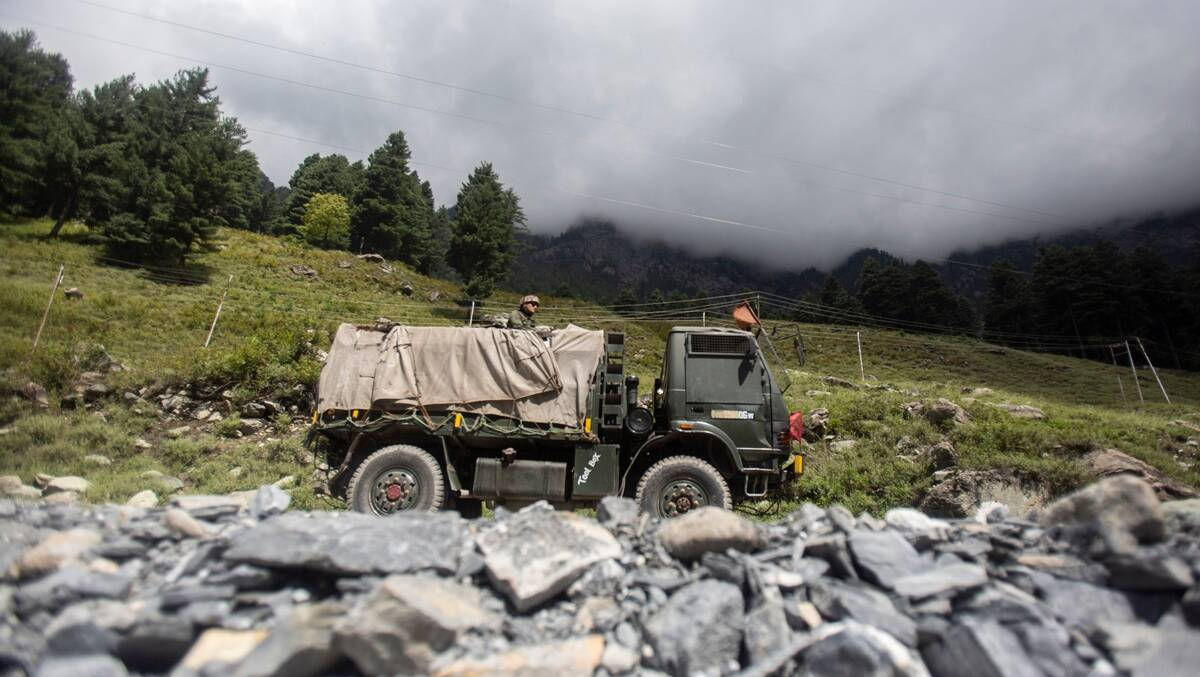 |
| An Indian army soldier guard on top of his vehicle as their convoy moves on the Srinagar- Ladakh highway at Gagangeer, northeast of Srinagar, Indian-controlled Kashmir, Tuesday, Sept. 1, 2020. Photo: AP Photo |
In a statement issued in Mandarin, and tweeted by state media, WAC spokesperson Colonel Zhang Shuili said Chinese border defence troops were forced to take countermeasures to stabilise the situation after Indian troops “outrageously fired warning shots to PLA border patrol soldiers who were about to negotiate”.
“During the operation, the Indian army blatantly shot and threatened the patrol personnel of the Chinese border defence forces who had made representations before, and the Chinese border defence forces were forced to take countermeasures to stabilise the situation on the ground,” Zhang said in the statement.
“The Indian side’s move seriously violated related agreements reached by both sides, stirred up tensions in the region, and would easily cause misunderstandings and misjudgments, which is a serious military provocation and is very vile in nature,” the spokesperson said.
“We demand the Indian side to immediately stop dangerous moves, withdraw personnel who crossed the LAC at once, strictly control frontline troops, seriously investigate and punish the personnel who fired the provocative shot and ensure similar incidents won’t take place again,” Zhang added.
“The PLA WAC troops will firmly fulfill duties and missions and resolutely safeguard national territorial sovereignty,” Zhang said.
Last time shots fired in 1975
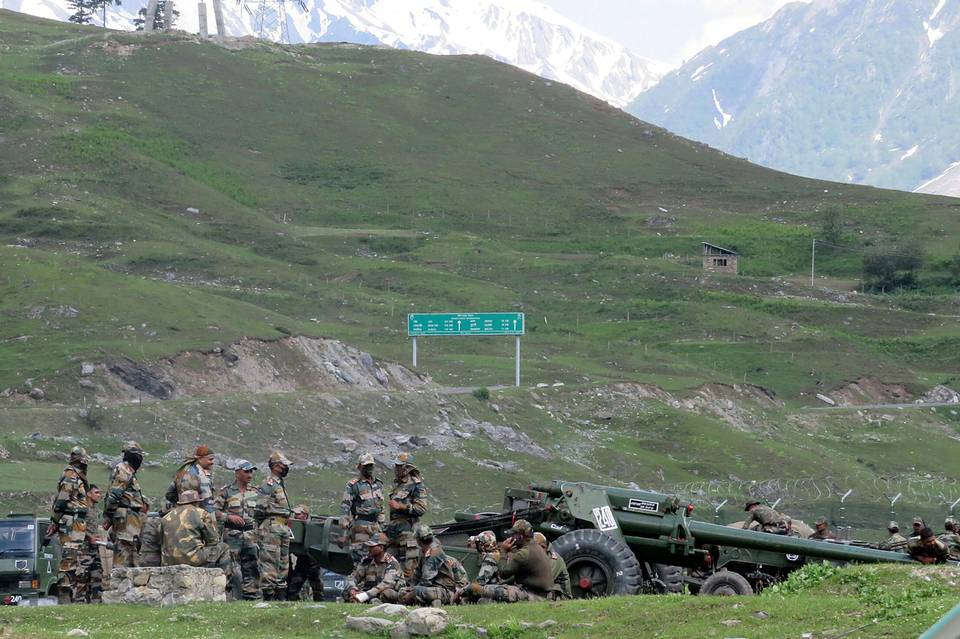 |
| Indian Army soldiers rest next to artillery guns at a transit camp near Baltal, southeast of Srinagar, June 16, 2020 before heading to Ladakh. Photo: Reuters |
The last time shots were fired at the LAC was in the Tulung La area of Arunachal Pradesh in 1975.
Indian and Chinese troops are engaged in a bitter standoff in multiple places in eastern Ladakh.
Tensions flared up again in the region after China unsuccessfully attempted to occupy Indian territory in the southern bank of Pangong Tso lake last week when the two sides were engaged in diplomatic and military talks to resolve the border row, Hindustan Times said.
The tension between the two sides escalated after violent clashes in Galwan Valley in eastern Ladakh on June 15 in which 20 Indian Army personnel were killed. The Chinese side also suffered casualties but it is yet to give out the details.
On September 7, Indian external affairs minister S Jaishankar said the failure to observe several understandings on border management dating back to 1993 raises “very important questions” about the status of ties with China.
“If peace and tranquillity on the border is not a given, then it cannot be that the rest of the relationship continues on the same basis, because clearly peace and tranquillity is the basis for the relationship,” he said while participating in an online interaction organised by The Indian Express newspaper to mark the release of his book ‘The India Way’.
Foreign ministers to meet in Moscow on September 10
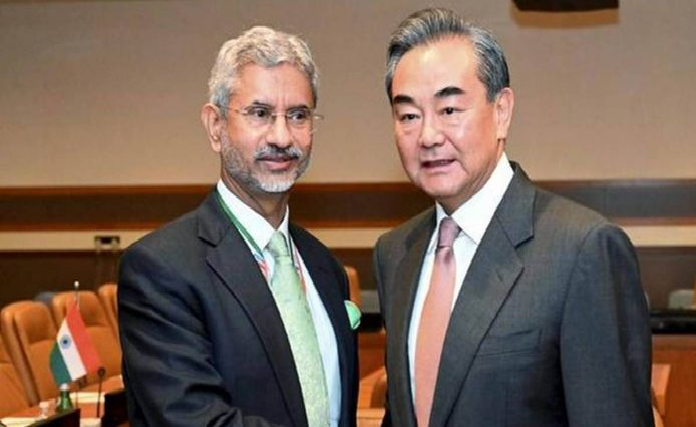 |
| The bilateral meeting between S Jaishankar and Wang Yi is likely to discuss ways and means to resolve the present Ladakh standoff. File photo: PTI |
Jaishankar is likely to meet his Chinese counterpart Wang Yi in Moscow on September 10 during the SCO foreign ministers’ meet which begins on a day earlier.
Jaishankar is likely to remind Wang about bilateral agreements on maintaining peace and tranquility along the China-Indian Line of Actual Control and demand restoration of the status quo ante of pre-May, Economic Times has learnt. He would also convey to Wang that tensions could impact overall bilateral ties.
Jaishankar may also urge Wang to discipline and control frontline Chinese troops from undertaking provocative actions along LAC. The minister will also tell his counterpart that China’s actions have disregarded earlier understandings between the two foreign ministers and special representatives.
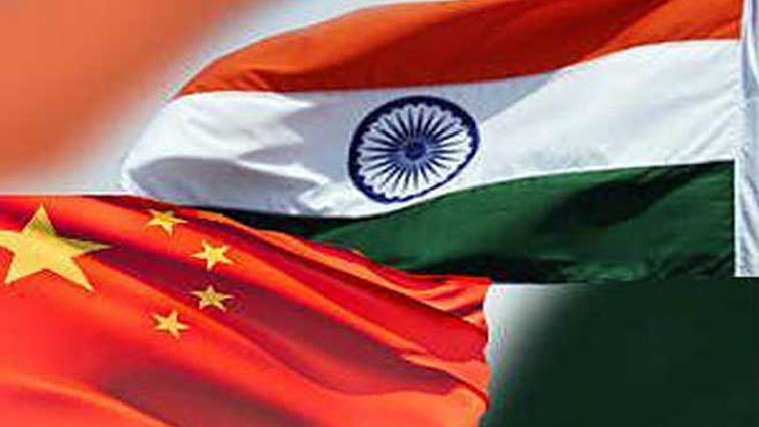 |
| Representative image. Source: IndianExpress |
Ahead of his maiden foreign visit after the Covid-19 outbreak, Jaishankar had said diplomacy and dialogue were the only ways forward to end the over four-month border tension between the two countries.
Jaishankar and Wang had virtual bilateral communications connected to Ric, Brics, SCO and G-20 after Covid-19 curtailed travel.
“We have known each other for a long time… I am totally convinced that the solution to the situation has to be found in the domain of diplomacy and I say that with responsibility,” he had said during a virtual discussion on his book last week.
Last week, Indian defence minister Rajnath Singh had met with his Chinese counterpart, Gen Wei Fenghe, also in Moscow on the sidelines of the SCO defence ministers meet, where both sides stated formal positions./.
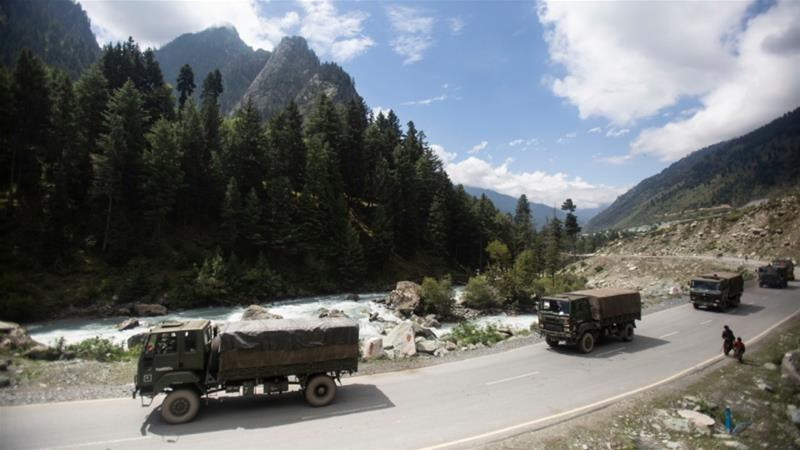 | India bans 118 more mobile apps amidst fresh border tensions with China The Indian government on September 1 banned 118 more Chinese mobile phone applications, including popular online game PUBG. |
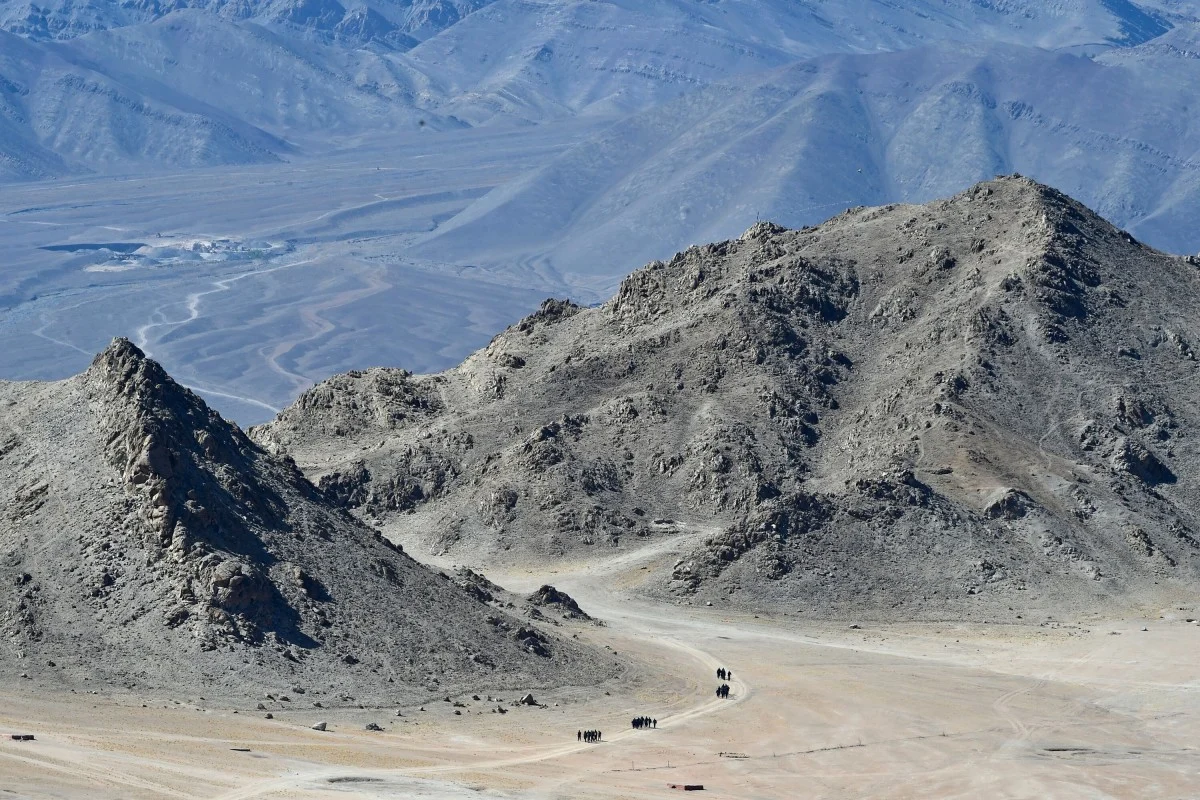 | Border tensions with China urges India to mend fences with its neighbors In several months, borders issues between China and India let both sides into a severe conflict, which requires to hold more talks. It is also ... |
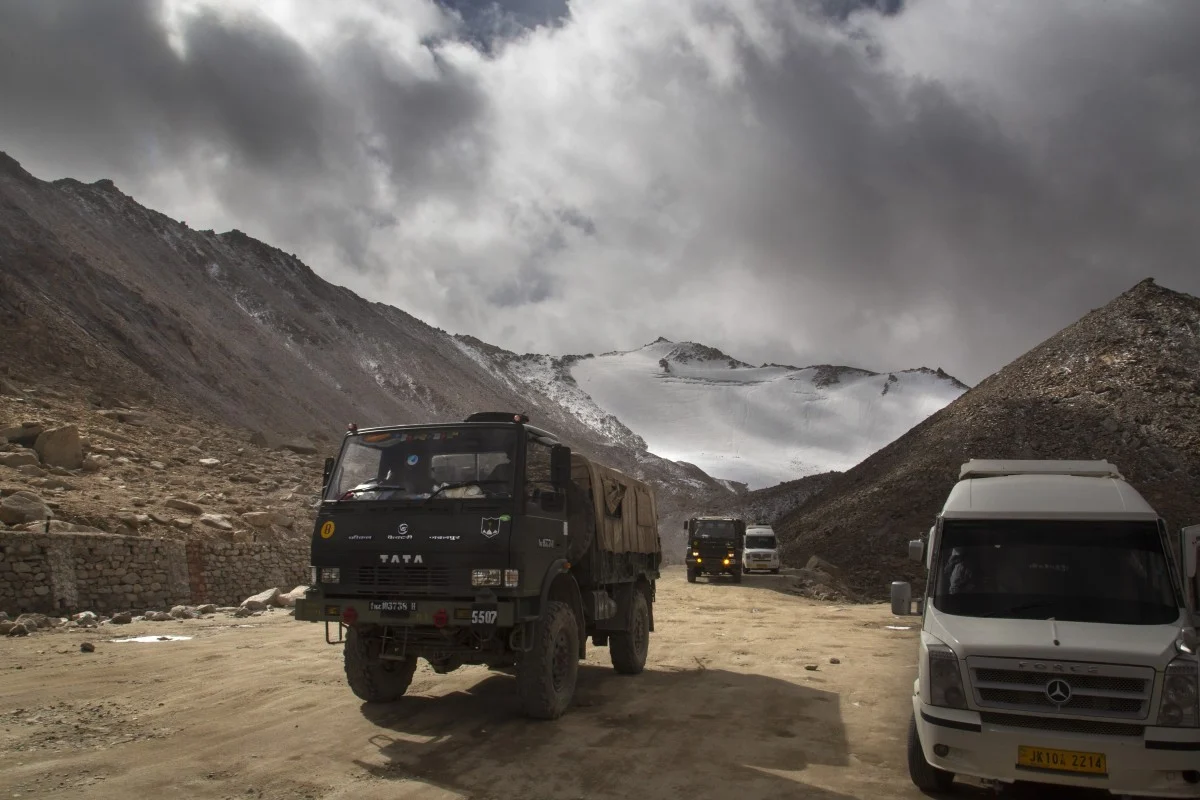 | Top generals from China and India met on Saturday for talks amid a fresh diplomatic effort to resolve a month-long stand-off between their troops along ... |
In topics
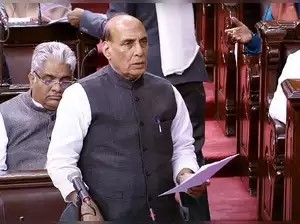 World
World
China’s Bid to ‘Change Status Quo’ on LAC Thwarted, says Indian Defence Minister Rajnath Singh
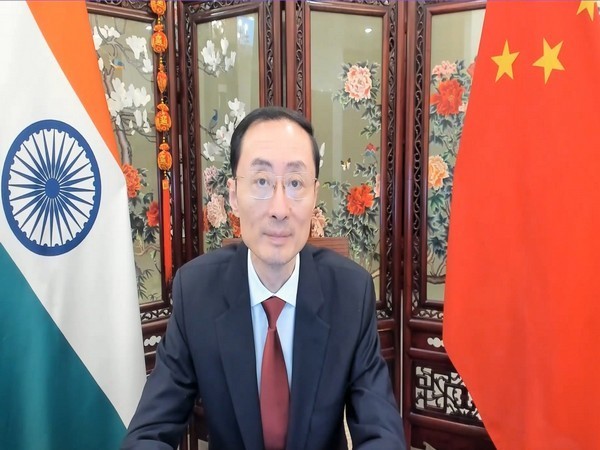 World
World
Enough Room in World for China, India; Let's Not Interfere in Other's Affairs, Says Outgoing Envoy
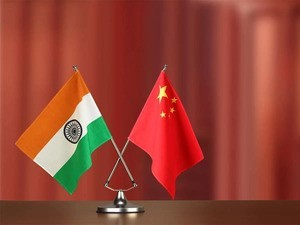 World
World
India, China to Complete Disengagement in Gogra-Hotsprings by September 12, MEA Says
 World
World
Chinese hackers connection still active in Indian computer systems, US firm said
Recommended
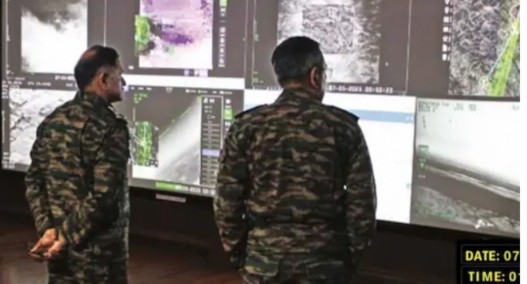 World
World
India reports 9 Pakistani Aircraft Destroyed In Operation Sindoor Strikes
 World
World
Thailand Positions Itself As a Global Wellness Destination
 World
World
Indonesia Accelerates Procedures to Join OECD
 World
World
South Korea elects Lee Jae-myung president
Popular article
 World
World
22nd Shangri-La Dialogue: Japan, Philippines boost defence cooperation
 World
World
Pakistan NCRC report explores emerging child rights issues
 World
World
"India has right to defend herself against terror," says German Foreign Minister, endorses Op Sindoor
 World
World

